Interior design is evolving. No longer solely about aesthetics, luxury, or style, today’s designers are confronting a deeper question: How can we use design to change lives?
In a time of rising inequality, climate change, and fractured social systems, designers are stepping beyond the private sphere to engage with spaces that serve the public good. From homeless shelters to public schools, community centres to refugee housing, designers are proving that interiors can heal, empower, and foster connection.
Every design decision layout, lighting, material choice carries consequences. It can include or exclude, soothe or stress, humanise or dehumanise. As a profession, we must acknowledge this power.
The shift toward socially responsive design marks a fundamental reframing of the designer’s role, from that of stylist or space planner to that of social advocate.
This isn’t just idealism. It’s happening now.
Historically, interior design has served the wealthy and the commercial. But thanks to a new wave of socially conscious designers, open-source tools, and global justice movements, that narrative is shifting.
Organizations like Design Advocates, Public Architecture, and the former Architecture for Humanity (AFH) are reimagining the built environment as a tool for justice. And platforms like Dezeen, ArchDaily, and Designboom are increasingly spotlighting community-first projects such as trauma-informed shelters or sustainable schools in underserved regions.
As designers we should be asking: What if beauty isn’t the goal…but a byproduct of dignity and empathy?
Consider the Children’s Library at Concourse House in New York, designed by Michael K. Chen Architecture. Created for children in transitional housing, the space uses curved shelving, whimsical carpeting, and abundant light to create a sense of joy and security. It’s not just a library but a sanctuary.
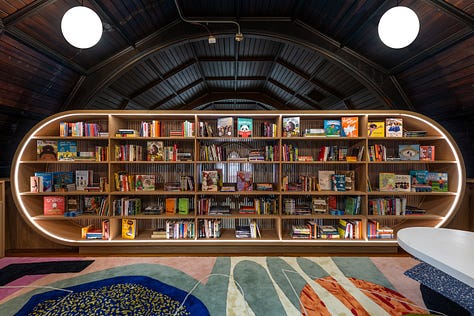
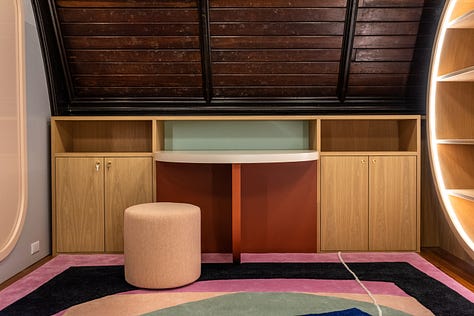
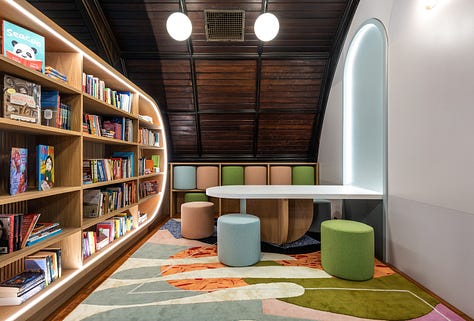
Many community spaces, particularly those serving vulnerable populations are designed for utility, not humanity. Yet research in environmental psychology shows that intentional design can reduce anxiety, build trust, and support healing.
Take the Navigation Center in San Francisco, by Gensler and the nonprofit Tipping Point. Instead of rows of cots, it offers semi-private sleeping pods, access to natural light, and communal zones, an environment rooted in respect, not scarcity.
Similarly, Peru’s Casa de Todos shelter, built in response to COVID-19, used colorful modular units to deliver dignified, replicable housing.
Design approaches like trauma-informed design are now entering public housing and even correctional facilities. Elements such as soft lighting, sensory zones, and biophilic materials are transforming these spaces into places of healing, not just housing.
Schools, libraries, and community hubs are more than buildings they’re civic infrastructure. When designed with care, they foster learning, pride, and social connection.
In Copenhagen, a school integrates solar façades and green roofs to teach environmental literacy. In South Africa, Tsai Design Studio transformed a shipping container into a vibrant classroom. These projects aren’t just cost-effective but they’re transformational.
Other inspiring examples include:
Flower on Hillside Library in Nujiang, China: What began as a single storage room is now a timber-structured library with over 40,000 books and outdoor reading terraces.
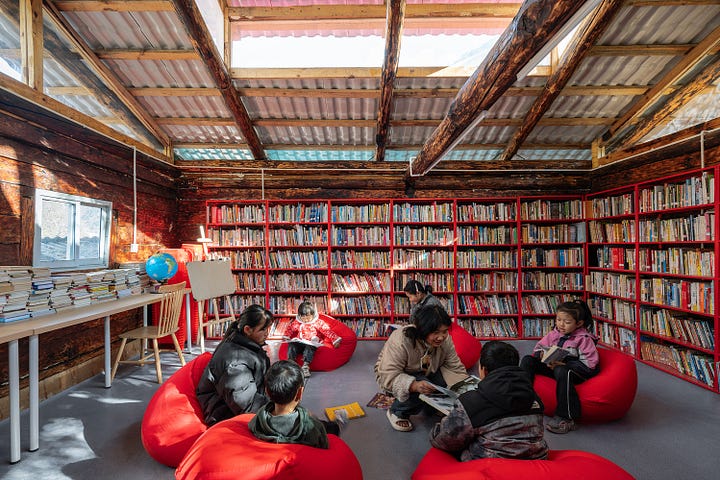

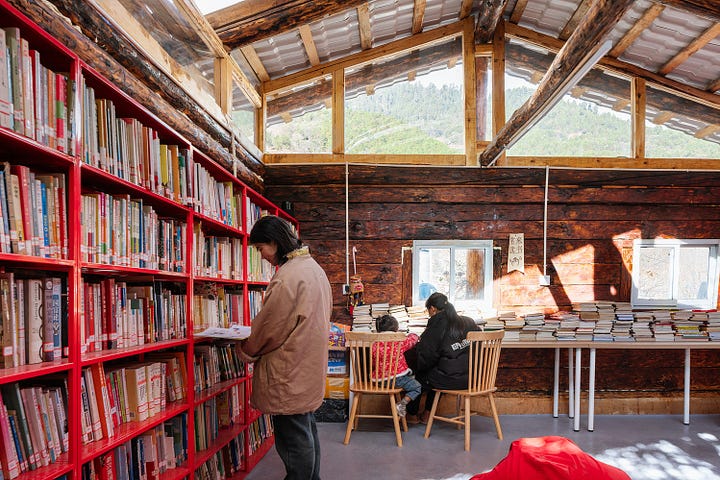
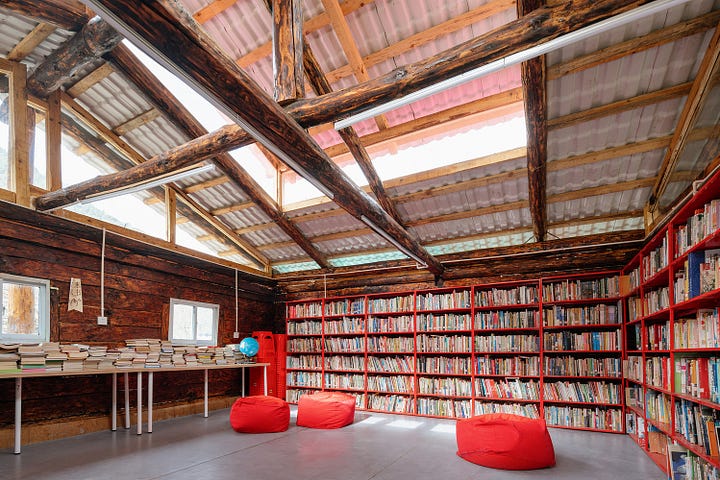
Lishin Elementary School Library in Taiwan: Natural light, plants, and open shelving create a space where curiosity thrives and students feel grounded.

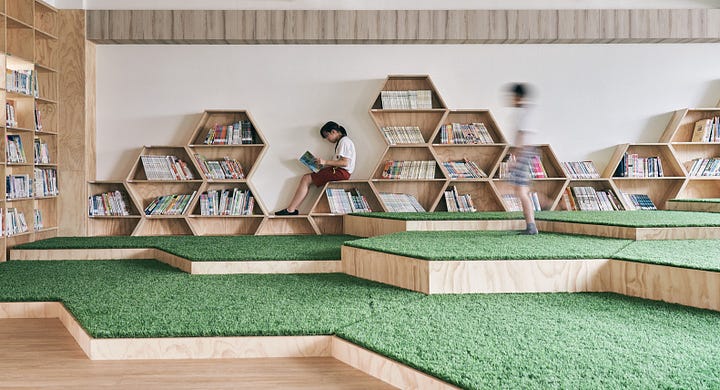

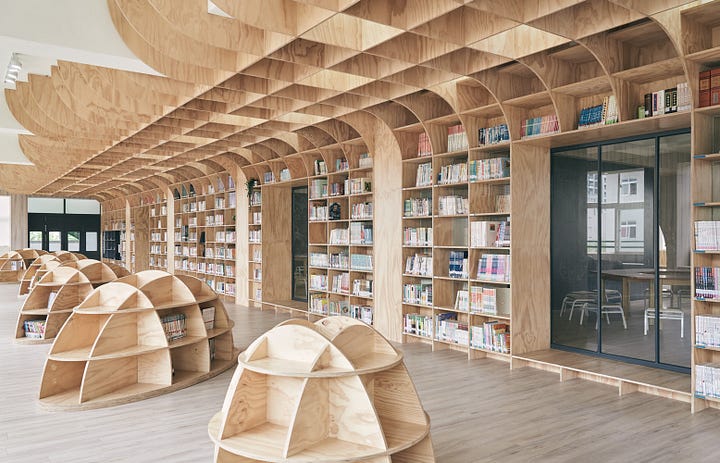
Crucially, these projects embraced participatory design engaging students, educators, and neighbors throughout the process to ensure cultural and contextual relevance. When communities help shape their spaces, they take ownership, and the long-term impact deepens.
Designers today must ask more than "Does it look good?"
Did it improve mental health?
Are more people using the space?
Did it reduce dropout rates or homelessness?
So what makes a space socially impactful ?
Flexibility & Modularity: Adaptable layouts accommodate changing community needs.
Biophilic Design: Natural light, plants, and organic textures reduce stress and promote wellness.
Cultural Responsiveness: Design that honors local traditions builds trust and pride.
Wayfinding & Accessibility: ADA-compliant, intuitive spaces empower users of all abilities.
Material Ethics: Sustainable, non-toxic choices reduce health risks and environmental impact.
For example, Woolston Community Library in New Zealand uses diffused daylight, timber interiors, and regional art to reflect and serve its diverse community.
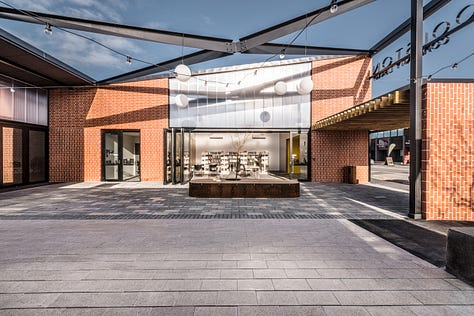
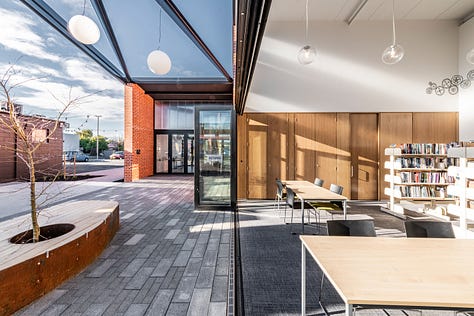

In the U.S., North Boulder Library integrates accessibility features and playful design to create a welcoming space for all generations.

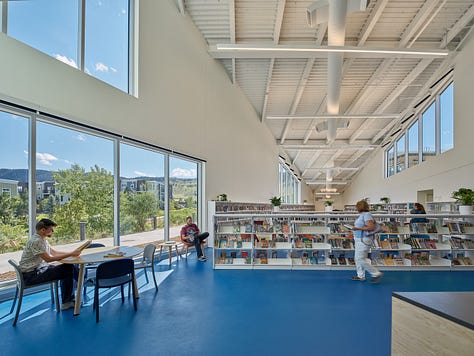
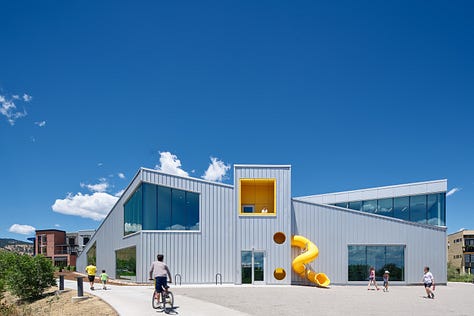
The Oaxaca Rural School Project by Comunal Taller de Arquitectura exemplifies cultural responsiveness at its finest, blending local building materials, communal labor, and vernacular styles to create a cherished educational space.
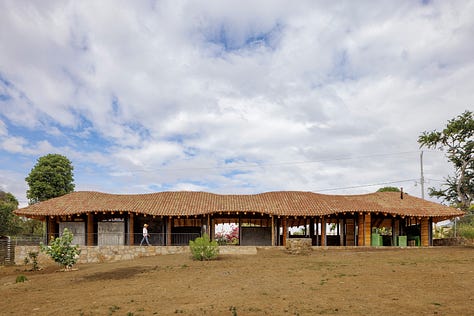
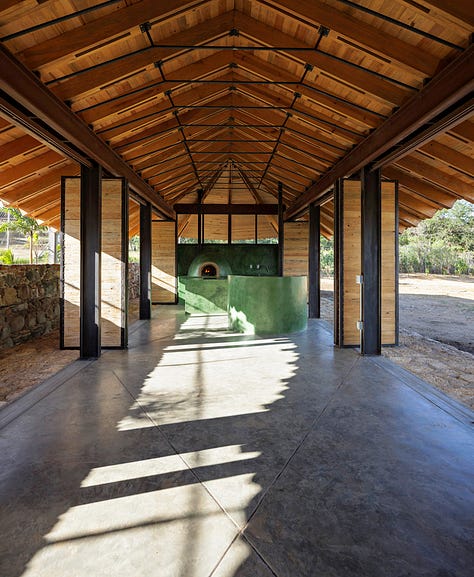

In the decades to come, the most meaningful design work may not be the flashiest. It will be the quiet transformations—in schools, shelters, libraries, and parks—that ripple out through society.
Because the future of interior design isn’t just in beauty.
It’s in belonging!



